Introduction
Once upon a time a lot of people were sure that the 1 TB hard drive was pushing the limits of technology and that SSD would be the future. However a few years later we got the 3 TB hard drive. Since then SSD’s have been playing catchup. Even 512 GB models are now becoming affordable. However the HDD is not dead yet, today we check out the huge 8TB Archive hdd from Seagate.
The Seagate Archive HDD
On 22 december 2014 Seagate released the Archive HDD. This series is equipped with an impressive capacity of 5TB, 6TB or 8TB. Today we will be looking at the largest 8TB model.
According to Seagate the Archive HDD is best suited for cold storage. Meaning data that is infrequently changed and accessed.
Official applications are:
• Online archiving
• Large data object storage
• Big data cold storage
• Cloud active archive
• Web-scale archiving
The Seagate Archive HDD’s uses a new technology branded SMR, or Shingled Magnetic Recording. Basically SMR makes data overlap much like shingles on a roof overlap, hereby increasing the data capacity.
Luckily the new SMR technology is completely disk managed, meaning your OS is not able to tell the difference with a more traditional hdd. No special software required! Therefore you are free to use the Archive HDD as you like. Place it in your NAS or even use it in your regular desktop. Further on in the review we will talk more about SMR and put it to the test.
Official specs include:
- SATA 6 GB/s NCQ interface
- 128MB Cache.
- Average Data rate read and write: 150 MB/s
- Max sustained data rate read: 190 MB/s
- Heads: 12
- Platters (disks): 6
- Load/Unload Cycles: 300,000
- Nonrecoverable Read Errors per Bits Read, Max: 1 per 10E14
- Workload Rate Limit (TB/year): 180
- Power-On Hours: 8760 (24×7)
- Mean Time Between Failures (MTBF) (hours): 800K
- Limited Warranty: 3 years
- Maximum Case Operating temperature: 60 degrees celcius
- Idle Average: 5.0W
- Operating typical: 7.2W
- Startup: 2A
- Standby/Sleep: <1.0W
Features and warranty
This drive is categorized as an Enterprise server drive. Therefore this Archive drives comes with a 3 year warranty, where the Desktop HDD are limited to just 2 years. If you are still worried it it might break down because it is intended for cold storage; it is rated at 24×7 workloads (8760 hours) of 180 TB per year. This is identical to the Consumer/Business NAS series. In fact, it a lot more than Seagate’s Desktop HDD models offer; those are rated at only 2400 power-on hours and limited to 55 TB per year.
Let’s see what else Seagate has to say about this drive:
• Industry’s best cost/GB/watt 8TB hard drive
• Engineered for 24×7 workloads of 180TB per year
• Drive down costs with up to 1.33TB-per-disk hard drive technology.
• Seagate AcuTrac™ servo technology delivers dependable performance.
• Free Seagate DiskWizard™ software allows you to install 5TB, 6TB and 8TB hard drives in Windows without UEFI BIOS.
Obviously the whole product is created to store a lot of data efficiently in terms of cost and power.
The Archive HDD series comes with a lot of additional features such as In-Drive diagnostics, PowerChoise Technology, Deferred SATA Activation, Timestamp, Seatools Diagnostic software, Hotplug operation. It even includes Enterprise CS phone support.
To summarize our findings, this drive is designed to handle 300% more writes than a consumer grade hard disk and comes with a 3 year factory warranty. The only thing that might stop you from choosing the archive drive over the desktop models are the higher cost and lower write performance caused by the SMR technology. We will put SMR to the test later on.


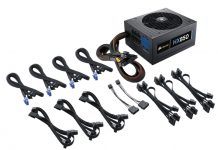
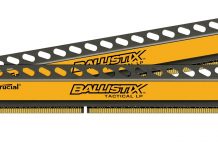
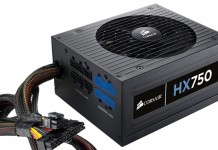

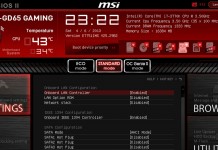
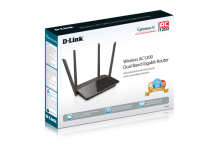
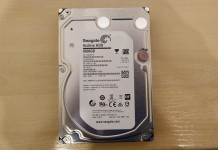
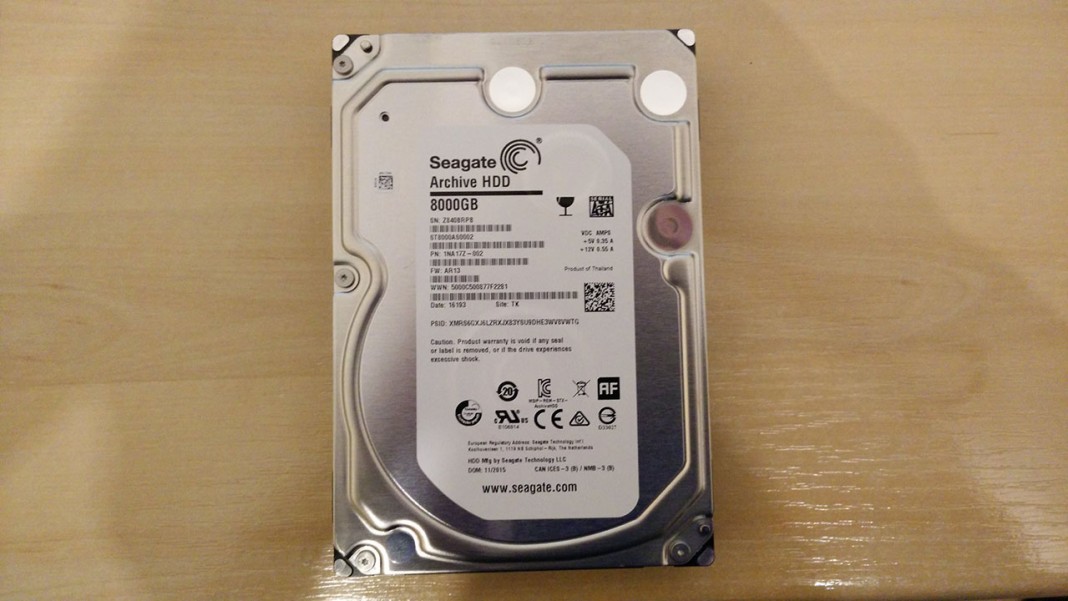

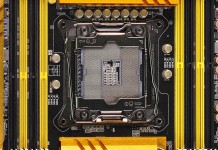

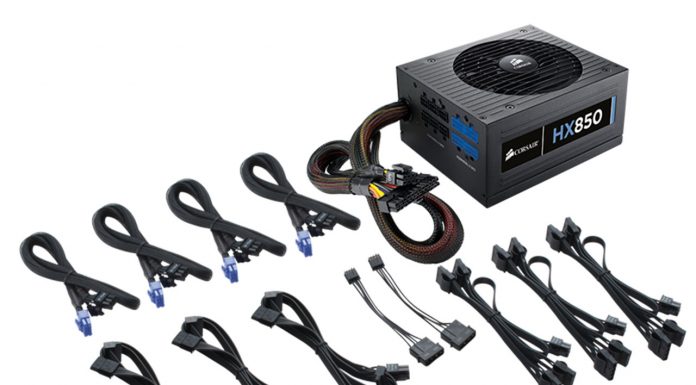





Comments: